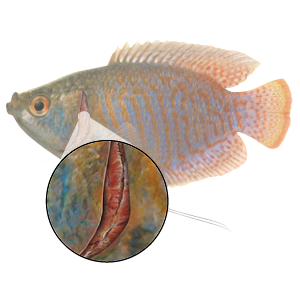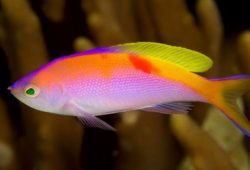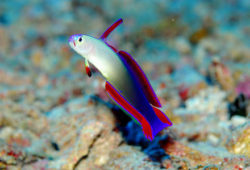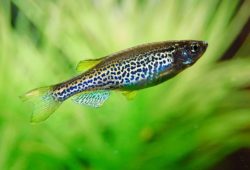Gill Inflammation
In this article I’ll tell you about Gill Inflammation. If you have invested considerable time and money into your fish aquarium, it will be distressing if your fish fall ill, noticeably tormented by an ailment. Fish tanks are closed environments, and water chemistry, water temperature, and different variables will fluctuate widely if you don’t take correct care to keep up healthy tank conditions. Be sure to closely observe your fish each day to make sure that they remain healthy.

One common ailment which will have an effect on any fish is gill inflammation, or branchiitis. You will notice that your fish’s gills are inflamed and swollen; you’ll also notice uncharacteristic white patches on the fish’s body, and a general listlessness in behavior. Gill inflammation is mostly caused by lack of accessible oxygen within the water, which slowly asphyxiates your fish; the gills are being overworked and that they therefore become inflamed. Fish that are being asphyxiated in this way may be observed gasping for air at the surface of the water, or hovering near an air stone or filter outtake, where oxygen concentrations can be highest.
You can transfer fish with gill inflammation to a hospital tank, with the water level reduced to six inches, and aerate the tank thoroughly. Feed your fish little quantities of live food. The condition should clear up after 10 days.
Then take a look at oxygen transfer in your main tank. Be certain that your tank water is being agitated sufficiently, especially at the surface; it’s here that oxygen transfer takes place. The simplest resolution is to position an air stone inside your tank; this works as a pump, sending bubbles to the water surface and breaking water tension. However, some tank homeowners do not just like the “artificial” appearance of an air stone.
Many kinds of filters naturally break the water surface by reintroducing filtered water back to your tank. If this can be insufficient, you must place a number of powerheads within your tank. These little machines produce water currents inside your tank, serving to flow into oxygenated water throughout the tank. For many completely different reasons, powerheads or another means that of creating underwater currents are a necessary component of any aquarium.
If this doesn’t appear to help, your water temperature may be too high. At higher temperatures, it is a lot of troublesome for gasses to dissolve in water; at any explicit temperature, there’s a most concentration of dissolved oxygen that your tank water will hold. Increasing gas exchange and water circulation does not facilitate if your tank water is already saturated with oxygen. Thus attempt lowering the temperature.
Gill inflammation will conjointly be caused by water toxicity, specifically nitrite poisoning. You may notice the gills turn a brown or tan color; your fish can be listless and may hover near the water surface, or close to water outlets. Nitrites occur in your tank water naturally, as half of the biological filtration process. If your biological filter is working properly, your tank can contain colonies of beneficial bacteria; these bacteria convert ammonia, excreted by fish through the gills as a waste product, into nitrites. These nitrites themselves are toxic to fish, and must be further converted to nitrates by additional bacterial colonies; nitrates are harmless to your fish.
Nitrite poisoning most usually occurs in newly established tanks; in new tanks, bacterial colonies might not nevertheless be fully established, leaving fish exposed to toxicity in the meantime. In several cases, the fish’s blood may flip brown from increased levels of methemoglobin, a variety of hemoglobin that’s incapable of carrying oxygen. Increased levels of methemoglobin eventually can lead to liver damage and further harm to the gills and blood cells.
To treat nitrite poisoning, change the water in your tank. In a marine tank, you’ll also increase salinity, preferably with chlorine salt, by adding an extra half an ounce per gallon of water, to prevent build-from methemoglobin. And increase the aeration of your tank to supply ample oxygen saturation. Monitor your water chemistry rigorously, and do not add any new fish until ammonia and nitrite levels are back to zero. Higher than all, guarantee that your biological filtration system is operating properly.
Additionally, feed your fish sparingly, and take away any uneaten food from your tank when 5 minutes. Be vigilant in removing dead plants and alternative debris, as these can increase water toxicity.
If you monitor your tank’s chemistry and different variables on an everyday basis, hopefully you’ll restore your tank atmosphere back to traditional in short time, and watch your fish return to good health.



